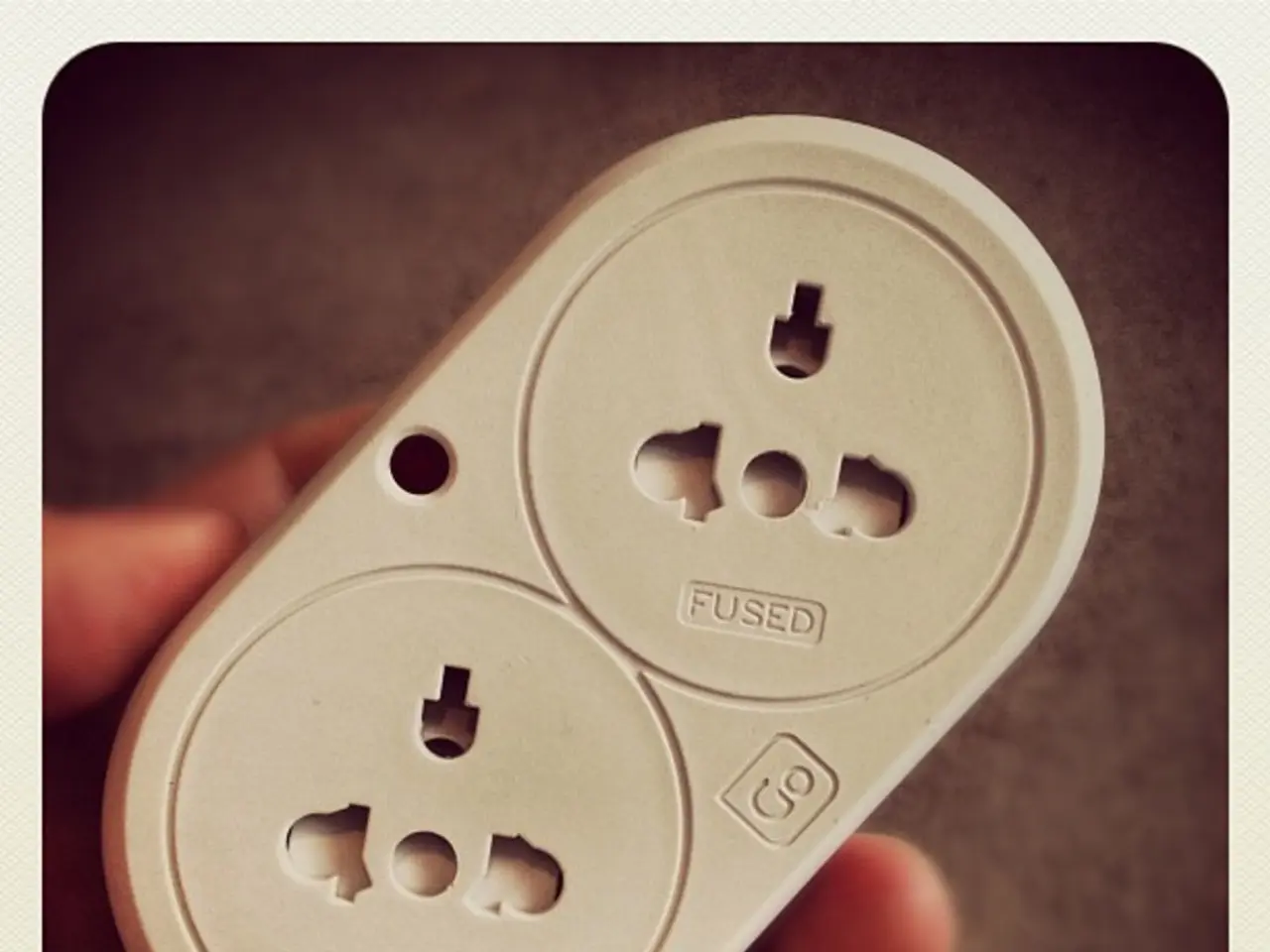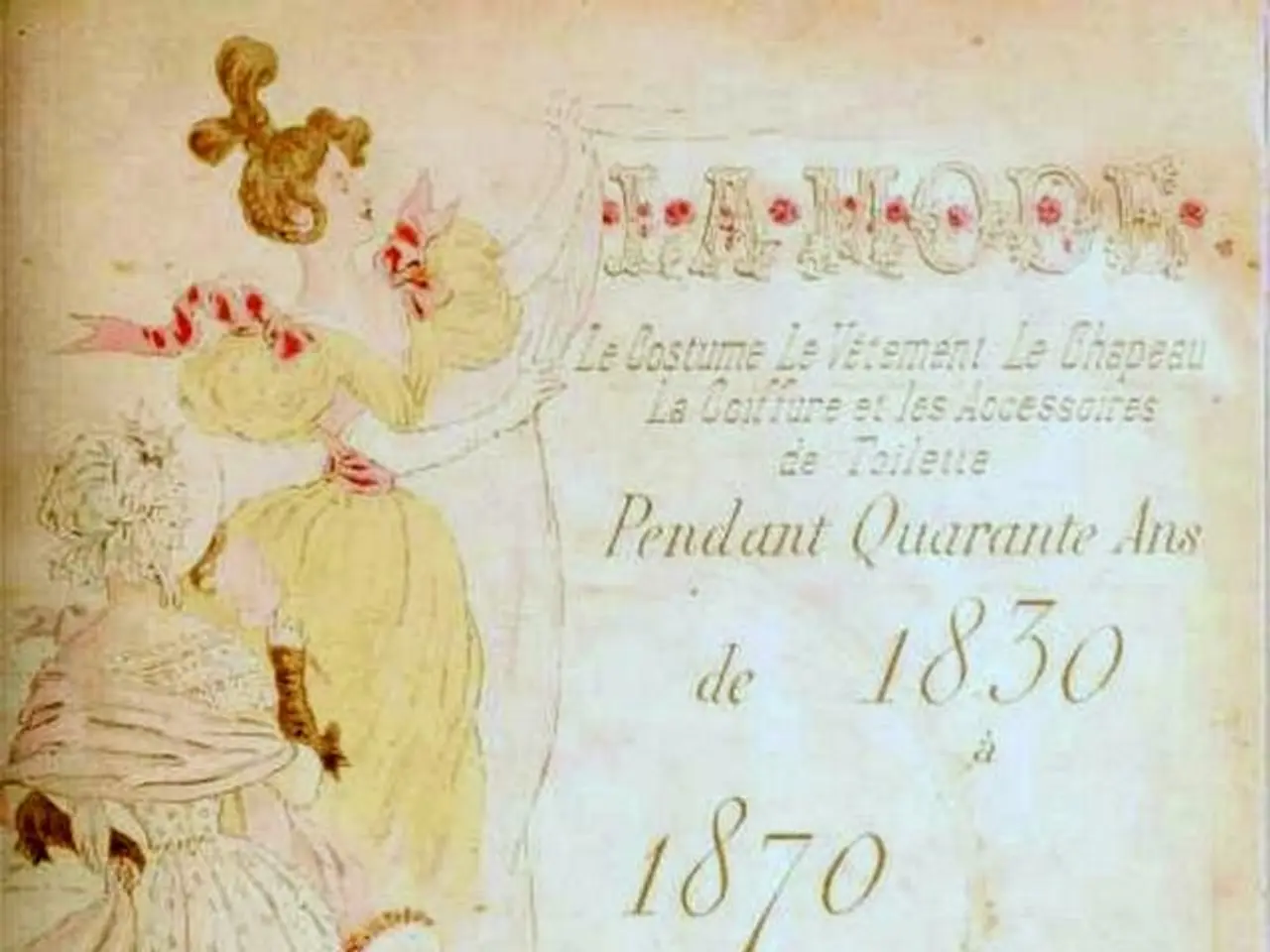Innovative 3D-Printed Device Might Revolutionize Spinal Cord Injury Treatments
In a significant breakthrough, the RCSI University of Medicine and Health Sciences has developed a 3D-printed implant designed to electrically stimulate damaged spinal cord tissue, promoting nerve regeneration. This innovative device delivers targeted electrical signals directly to injured areas, enhancing neuron and stem cell growth, as demonstrated in laboratory tests.
Key features of the implant include a fine, electrically conductive mesh mimicking the complex structure of the human spinal cord. This mesh is made from ultra-thin nanomaterials integrated into a soft, gel-like matrix, allowing for precise electrical conduction to cells. Researchers can customize the fiber layout of the implant, enabling them to optimize electrical stimulation patterns for nerve regrowth and healing efficacy.
The implant has demonstrated effectiveness in stimulating nerve repair in laboratory settings, a critical step towards potential clinical applications for spinal cord injury patients. The research, led by Dr. Woods, involved collaboration with the Irish Rugby Football Union Charitable Trust, RCSI's Tissue Engineering Research Group (TERG), and the Research Ireland Centre Advanced Materials and Bioengineering Research (AMBER).
The project included an advisory panel consisting of seriously injured rugby players, clinicians, neuroscientists, and researchers. This panel provided valuable insights into the lived experiences of individuals with spinal cord injuries and their treatment priorities. The nanomaterials used in the implant were provided by Professor Valeria Nicolosi's laboratory in the School of Chemistry and AMBER at Trinity College Dublin.
Beyond spinal cord injuries, the technology's ability to deliver controlled electrical stimulation makes it promising for cardiac tissue repair, orthopedic healing, and other neurological conditions where electrical signaling can promote tissue regeneration.
The study, supported by the Irish Rugby Football Union Charitable Trust, AMBER, and an Irish Research Council Government of Ireland Postdoctoral Fellowship, has been published in the journal Advanced Science. The details of the 3D-printed implant and its performance in lab experiments are now available for the scientific community to review and build upon.
This development is particularly significant as currently, no effective treatments exist to repair spinal cord damage, often resulting in paralysis and chronic pain. The implant's ability to enhance nerve regeneration represents a promising new avenue for treatment that could transform outcomes for patients with spinal cord injuries.
- The breakthrough in neuroscience news involves a 3D-printed implant developed by RCSI University of Medicine and Health Sciences, designed to stimulate damaged spinal cord tissue, which could be beneficial for neurotech and therapies-and-treatments of medical-conditions like aging and traumatic injuries.
- The innovation of the implant is based on a fine, electrically conductive mesh that imitates the intricate structure of the human spinal cord, made from nanomaterials and a soft, gel-like matrix, potentially impacting health-and-wellness and neurological-disorders.
- The project's advisory panel consisted of rugby players, clinicians, neuroscientists, and researchers, providing crucial insights into the treatment priorities and lived experiences of individuals with spinal cord injuries.
- Beyond spinal cord injuries, the technology's ability to deliver controlled electrical stimulation suggests potential applications for cardiac tissue repair, orthopedic healing, and other conditions where electrical signaling promotes tissue regeneration, impacting science and medicine.
- The study on the 3D-printed implant has been published in the journal Advanced Science, with its details now available for the scientific community to evaluate and further develop, hopefully leading to the creation of effective treatments for neurological-disorders, particularly spinal cord injuries.




